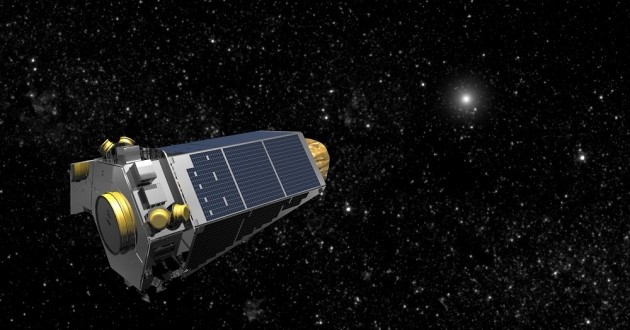NASA’s Kepler space telescope has unexpectedly gone into an emergency operations mode, halting the start of a much-anticipated phase of its planet hunt. Engineers are working to try to get the probe working normally.
Although the exact reason of the problem is unclear, Kepler mission control has declared a spacecraft emergency. This provides the spacecraft’s team with priority access to ground-based communications at the agency’s Deep Space Network at the California Institute of Technology, Pasadena, California.
A statement on the official Nasa website confirms that the vessel is running on reserve power, and taking the craft out of its emergency mode remains a “top priority”.
“Emergency mode is the lowest operational mode and is fuel intensive,” said a spokesperson from the agency, whose headquarters are based in Washington, District of Colombia, US.
>Fixing the telescope from such a distance remains a huge challenge for engineers. Kepler is nearly as far away from the Earth, as the Earth is from the Sun. This means there is a long delay in radio communications between ground control and the telescope. <
“Even at the speed of light, it takes 13 minutes for a signal to travel to the spacecraft and back,” Nasa’s spokesperson told CNN.
The Kepler Space Telescope is designed to search the Milky Way for stars that might be orbited by planets (exoplanets). During its first mission, completed in 2012, Kepler located more than 5,000 exoplanets. Now, nearly three years into its current mission, Kepler has found 1,000 more.
In January 2016, Kepler discovered that the star KIC 8462852 was dimming, which prompted theories that aliens were building a structure around the star.
Agencies/Canadajournal
 Canada Journal – News of the World Articles and videos to bring you the biggest Canadian news stories from across the country every day
Canada Journal – News of the World Articles and videos to bring you the biggest Canadian news stories from across the country every day



